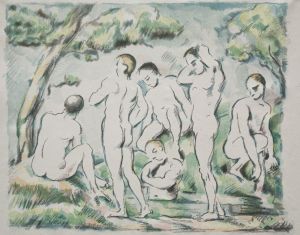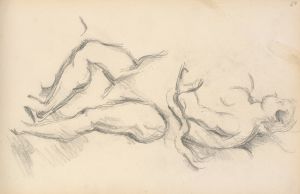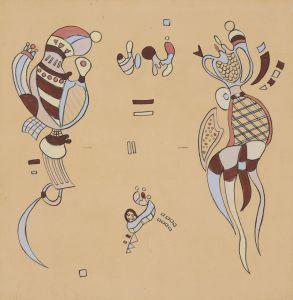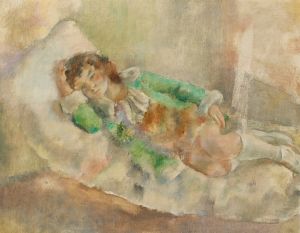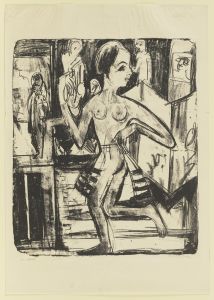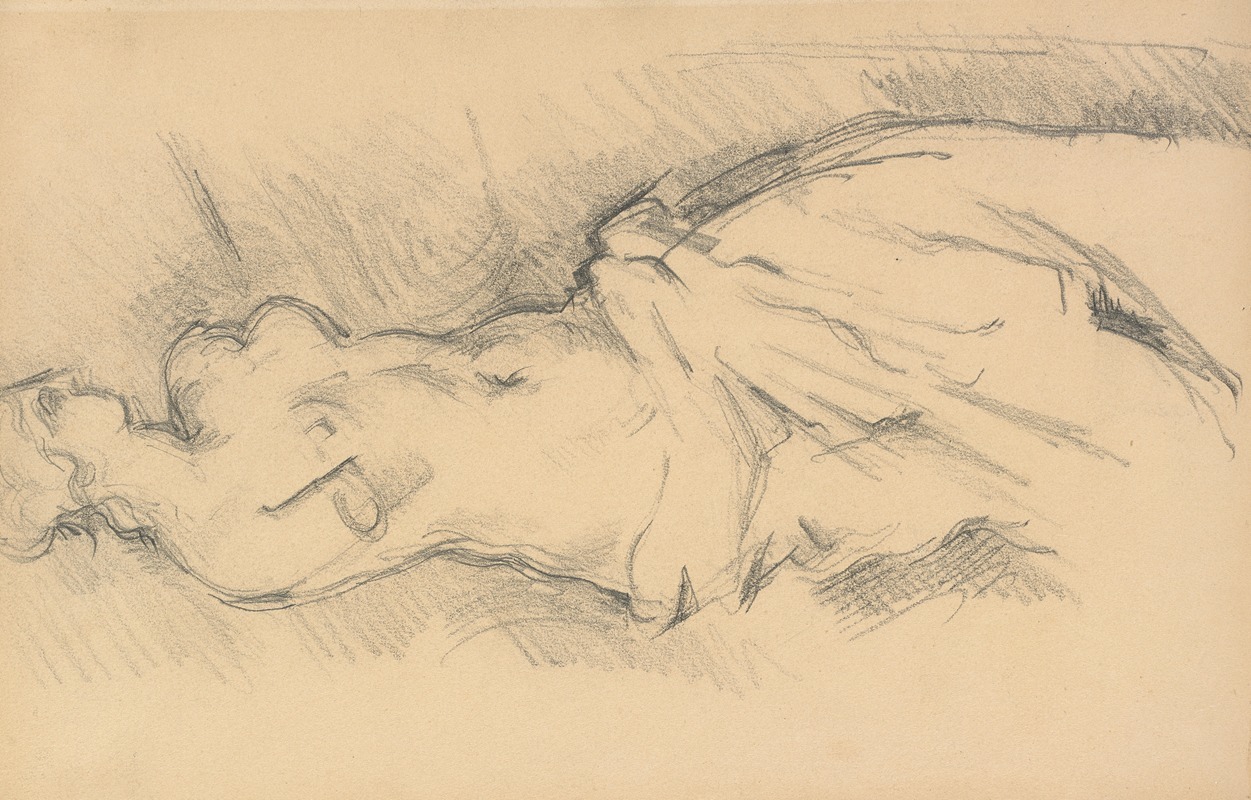
Study of ‘Venus de Milo’
A hand-painted replica of Paul Cézanne’s masterpiece Study of ‘Venus de Milo’, meticulously crafted by professional artists to capture the true essence of the original. Each piece is created with museum-quality canvas and rare mineral pigments, carefully painted by experienced artists with delicate brushstrokes and rich, layered colors to perfectly recreate the texture of the original artwork. Unlike machine-printed reproductions, this hand-painted version brings the painting to life, infused with the artist’s emotions and skill in every stroke. Whether for personal collection or home decoration, it instantly elevates the artistic atmosphere of any space.
Paul Cézanne's "Study of ‘Venus de Milo’" is an intriguing work that reflects the artist's deep engagement with classical sculpture and his innovative approach to form and composition. Cézanne, a pivotal figure in the transition from 19th-century Impressionism to 20th-century Cubism, often explored themes of classical antiquity, and this study is a testament to his interest in the timeless beauty and structure of ancient art.
The "Venus de Milo," an ancient Greek statue believed to represent Aphrodite, the goddess of love and beauty, was discovered on the island of Melos in 1820 and is now housed in the Louvre Museum in Paris. The statue is renowned for its elegance and the mystery surrounding its missing arms, which has intrigued artists and historians alike. Cézanne's study of this iconic sculpture demonstrates his fascination with its form and the challenge of capturing its essence on canvas.
Cézanne's approach to the "Study of ‘Venus de Milo’" is characterized by his distinctive brushwork and use of color. Unlike the smooth, idealized surfaces of classical sculpture, Cézanne's painting technique involves visible brushstrokes and a complex interplay of colors, which create a sense of depth and volume. This method reflects his belief in the importance of capturing the underlying structure of objects, rather than merely their surface appearance.
In this study, Cézanne does not aim for a literal reproduction of the statue but rather seeks to interpret its form through his unique artistic lens. The painting is not just a representation of the "Venus de Milo" but also an exploration of Cézanne's ideas about form, space, and perception. His use of color and brushwork suggests the solidity and weight of the sculpture, while also imbuing it with a sense of movement and life.
Cézanne's work on the "Study of ‘Venus de Milo’" can be seen as part of his broader exploration of classical themes, which he often revisited throughout his career. This study, like many of his works, demonstrates his commitment to understanding and reinterpreting the art of the past, while simultaneously pushing the boundaries of contemporary art. His innovative approach laid the groundwork for future developments in modern art, influencing artists such as Pablo Picasso and Henri Matisse.
The "Study of ‘Venus de Milo’" is a reflection of Cézanne's lifelong dedication to exploring the complexities of visual perception and representation. Through this work, he invites viewers to reconsider the relationship between classical art and modern painting, challenging them to see beyond the surface and engage with the deeper structures that underpin visual experience. Cézanne's study is not just an homage to a classical masterpiece but also a testament to his enduring influence on the evolution of art.












